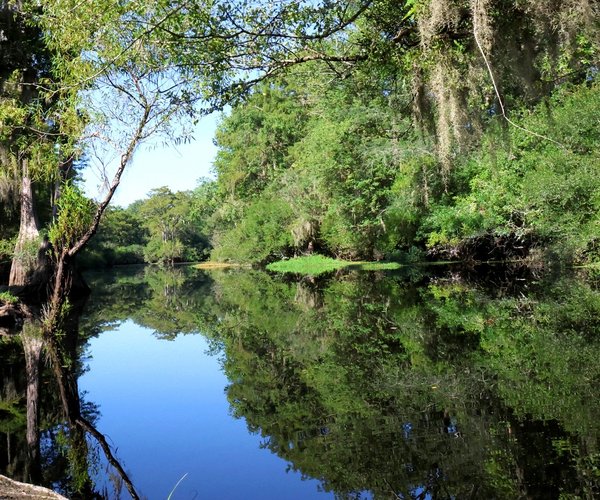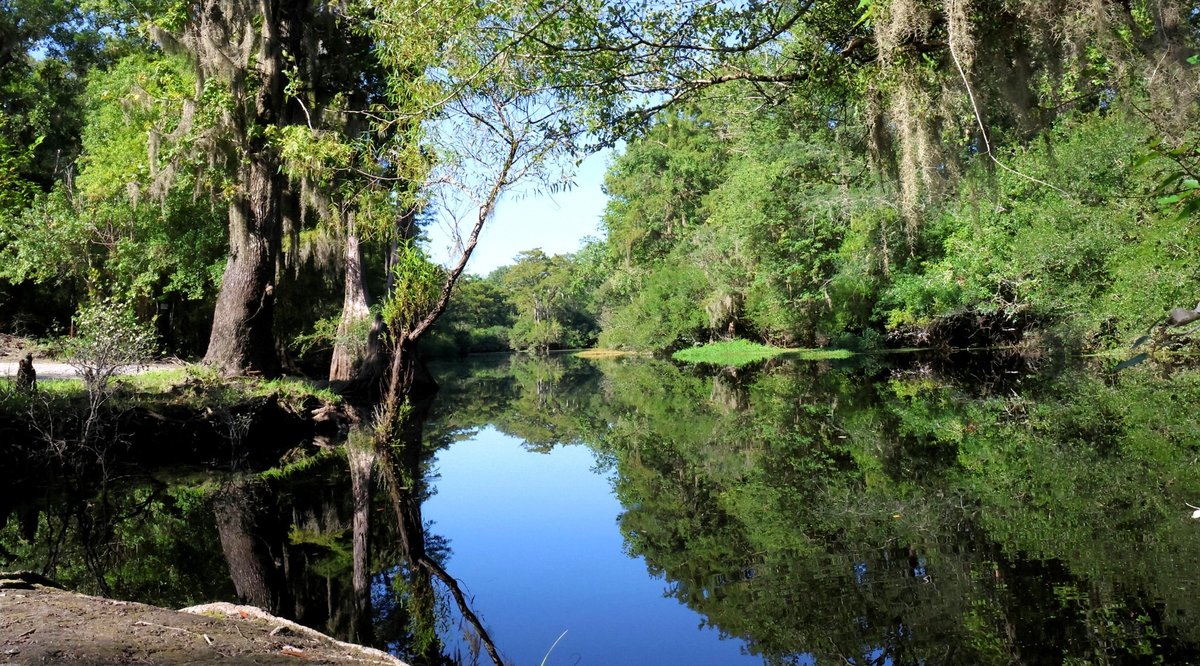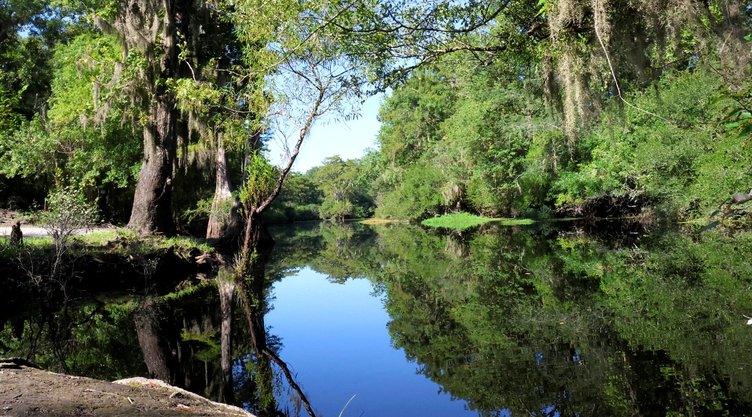The New Year brought freezing temperatures to many parts of Georgia this week. When temperatures fall below 20 degrees, many people let their faucets slowly drip to avoid water freezing in their pipes.
Unfortunately, the cold weather is occurring in counties already affected by the level four drought, where many Georgians have implemented conservation measures and may be reluctant to let their faucets drip.
Fortunately, there are several ways to prevent pipes from freezing and conserve water at the same time.
Pipe freezing is a particular problem in Georgia with our usually warm climate because pipes often run through un-insulated or under-insulated attics or crawl spaces.
Pipes that freeze most frequently are those that are exposed to severe cold, such as outdoor hose bibs, swimming pool supply lines, water sprinkler lines and water supply pipes in unheated interior areas like basements and crawl spaces, attics, garages or cabinets. In addition, pipes that run against exterior walls that have little or no insulation are also subject to freezing.
Below are some “waterSmart” tips to help keep your pipes from freezing:
A trickle of hot and cold water might be all it takes to prevent pipes from freezing. Let warm water drip overnight, preferably from a faucet on an outside wall.
However, this water should be captured in a container and used for other household purposes. It should not be wasted by allowing it to go down the drain. Also, remember to close all faucets when the temperature rises above freezing. Do not allow faucets to drip unnecessarily.
Open cabinet doors to allow heat to reach un-insulated pipes under sinks and appliances near exterior walls.
The best ways to prevent frozen pipes before the onset of cold weather are to:
Insulate pipes in your home’s crawl spaces and attic. These exposed pipes are most susceptible to freezing.
Remember — the more insulation you use, the better protected your pipes will be.
Heat tape or thermostatically-controlled heat cables can be used to wrap pipes. Be sure to use products approved by an independent testing organization, such as Underwriters Laboratories Inc., and only for the use intended (exterior or interior). Closely follow all manufacturers’ installation and operation instructions.
Seal leaks that allow cold air inside near where pipes are located. Look for air leaks around electrical wiring, dryer vents and pipes. Use caulk or insulation to keep the cold out and the heat in. With severe cold, even a tiny opening can let in enough cold air to cause a pipe to freeze.
Disconnect garden hoses and, if practical, use an indoor valve to shut off and drain water from pipes leading to outside faucets. This reduces the chance of freezing in the short span of pipe just inside the house.
The Drought Response Unified Command comprises the directors of the Environmental Protection Division of the Georgia Department of Natural Resources, Georgia Emergency Management Agency, the Georgia Environmental Facilities Authority, and the Georgia Division of Public Health.
It was established by Gov. Sonny Perdue to coordinate the state's role in mitigating the effects of Georgia’s ongoing drought.











